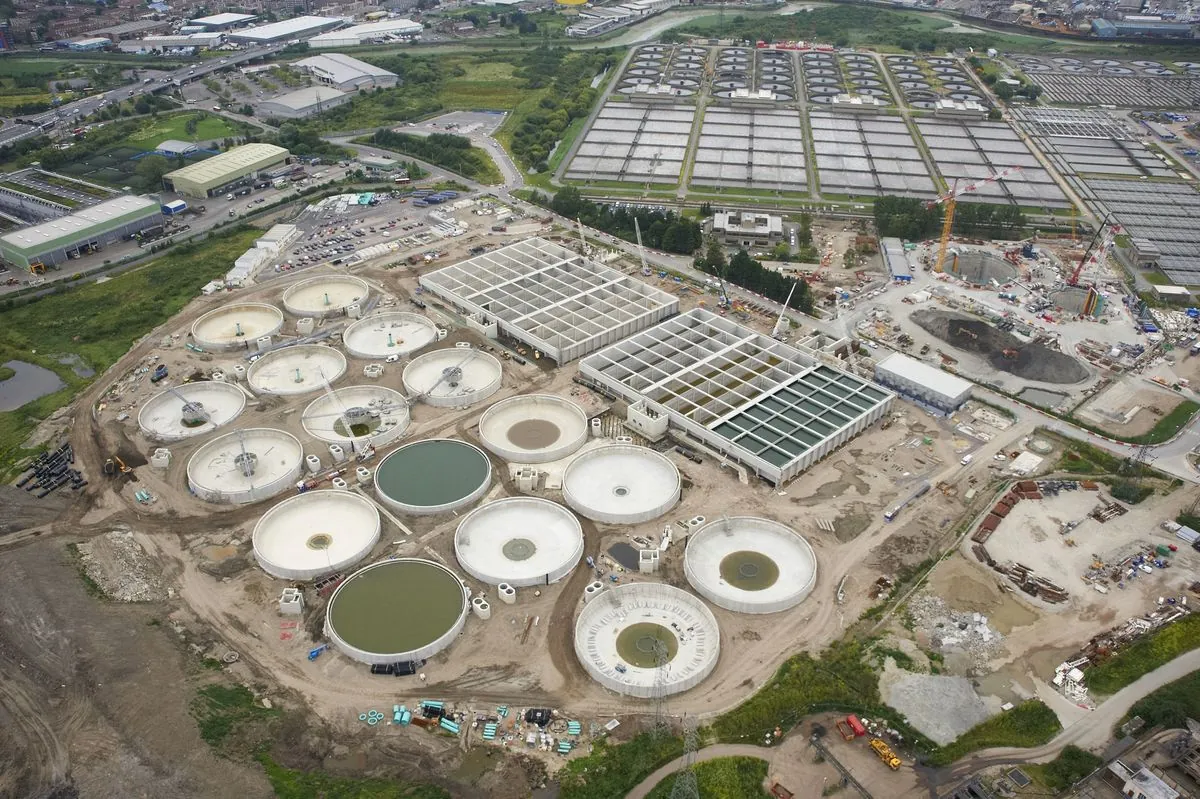Thames Water Seeks Creditor Approval Amid Financial Strain
Thames Water, serving 25% of UK population, urgently seeks creditor approval to access cash reserves. The company needs £3.25 billion over five years to avoid potential insolvency by May 2025.

Thames Water, the UK's largest water and wastewater services company, is facing a critical financial situation as it seeks creditor approval to access cash reserves. The utility, which serves 15 million customers across London and the Thames Valley, has announced that it requires £3.25 billion in equity over the next five years to remain operational.
The company's financial predicament comes at a time when it manages over 31,000 miles of water pipes and operates 350 sewage treatment works. Thames Water has stated that without new investment, it could potentially run out of funds by May 2025, highlighting the urgency of its current situation.
In response to these challenges, Thames Water is initiating discussions with financial stakeholders to release cash reserves from its financing structure. This move requires majority creditor consent, underscoring the delicate nature of the company's financial position.

The utility is planning to launch a formal process to raise new equity in the coming weeks. However, this process is not expected to conclude until after the water regulator makes a final decision on future tariffs, potentially in January 2025. Given this timeline, Thames Water is actively engaging in contingency planning to ensure its continued operation.
As of August 31, 2024, the company reported having £1.57 billion in liquidity, comprising £1.15 billion in cash and cash equivalents, along with £420 million in undrawn committed facilities. An additional £550 million in undrawn reserve liquidity facilities is available, subject to creditor approval.
Thames Water's current financial challenges come against the backdrop of its rich history and significant infrastructure responsibilities. Founded in 1989 following the privatization of the UK water industry, the company's roots can be traced back to the Metropolitan Water Board established in 1902. Today, it supplies an average of 2.6 billion liters of drinking water daily and manages several crucial projects, including the Lee Tunnel and the Thames Tideway Tunnel.
Despite its financial difficulties, Thames Water remains committed to its environmental goals, aiming to achieve net zero carbon emissions by 2030. The company has invested over £1 billion in improving water quality in the Thames since the 1990s, demonstrating its long-term commitment to environmental stewardship.
As Thames Water navigates these financial challenges, the outcome of its discussions with creditors and its ability to secure new equity will be crucial in determining the future of this essential utility provider that serves a quarter of the UK population.


































